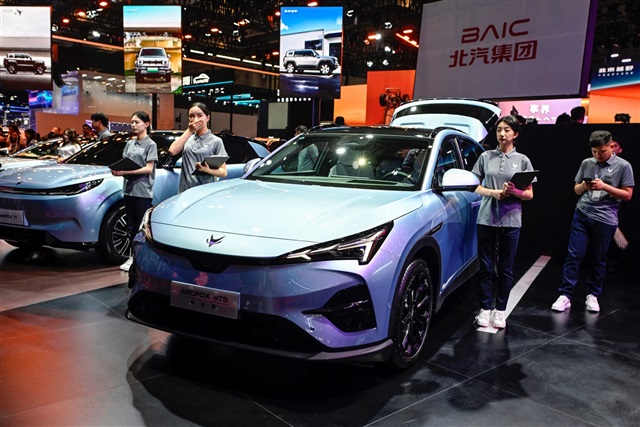On December 19, 2025, Foxtron Vehicle Technologies, the electric-vehicle venture backed by Hon Hai (Foxconn) and Yulon Motor, announced its acquisition of the Luxgen sales network and related assets. Less than a week later, on December 25, 2025, the company moved swiftly to define its new identity, hosting its first online brand and vehicle launch event—and formally introducing BRIA, its inaugural electric vehicle.
Taiwan's auto market slowed markedly in 2025. Yet rather than retreat, several automakers used the downturn to recalibrate—strengthening their balance sheets, accelerating transformation efforts, and pushing more decisively into overseas markets.
The Taipei Auto Show 2026 will run from December 31 to January 4, bringing together Taiwan's major automotive players—including Yulon Group, Hotai Motor, Sanyang Motor, and Foxconn-backed Foxtron Vehicle Technologies—to showcase their latest products and strategies as the market accelerates toward electrification and diversified mobility solutions.
Whetron Electronics, a Taiwanese specialist in automotive electronic sensing systems, will hold its pre-initial public offering earnings briefing on December 23, 2025, as demand for advanced driver-assistance systems, or ADAS, continues to accelerate worldwide.
Yulon Nissan Motor Co. on December 23, 2025, held a preview event ahead of the 2026 Taipei New Car and New Energy Vehicle Show, unveiling several high-profile models making their Taiwan debut. Among them were the Nissan Formula E GEN3 Evo—an ABB Formula E World Championship title-winning race car—and the Nissan Qashqai, a compact crossover equipped with the brand's third-generation e-POWER hybrid system.
Waymo's fleet of Jaguar I-Pace-based robotaxis experienced a widespread shutdown during a recent major power outage in San Francisco, leaving multiple vehicles stalled and blocking roads. The incident has raised questions about the autonomous cars' ability to handle unexpected disruptions, with experts attributing the problem to operational and management shortcomings rather than software faults.
Innolux subsidiary CarUX has merged with Pioneer, with chairman and chief executive Jim Hung saying the new CarUX will deliver post-merger synergies through three 100-day phases and stressing that it is not designed as a place to coast.
As trade tensions between the US and China intensify, accompanied by tighter technology restrictions, Wanshih Electronic says it is doubling down on precision manufacturing as the cornerstone of its innovation strategy while reshaping its global footprint to navigate mounting geopolitical risk.
US autonomous sensing technology firm Luminar, once hailed as a rising star in the Light Detection and Ranging (LiDAR) sector, recently filed for bankruptcy protection, raising alarms across the industry. LiDAR has long been regarded as a critical sensor technology for achieving Level 3 autonomous driving, but its global adoption is clearly following an "East fast, West slow" pattern due to regulatory, cost, and market structure factors.
XING Mobility announced it will showcase advancements in electric vehicles (EVs), energy storage systems, and AI data center backup batteries at the 2026 Consumer Electronics Show (CES 2026) in the US. The presentation will focus on a decade of development in immersive cooling technology.
Star Charger, a charging operator under HD Renewable Energy (HDRE), has announced it has achieved 159 operational stations across Taiwan. To meet the growing electric vehicle (EV) charging demand, Star Charger launched its first 1 MW-class high-power fast-charging dedicated station in Taichung City, and plans to bring online 10 more large-scale dedicated stations by 2026.
More coverage



